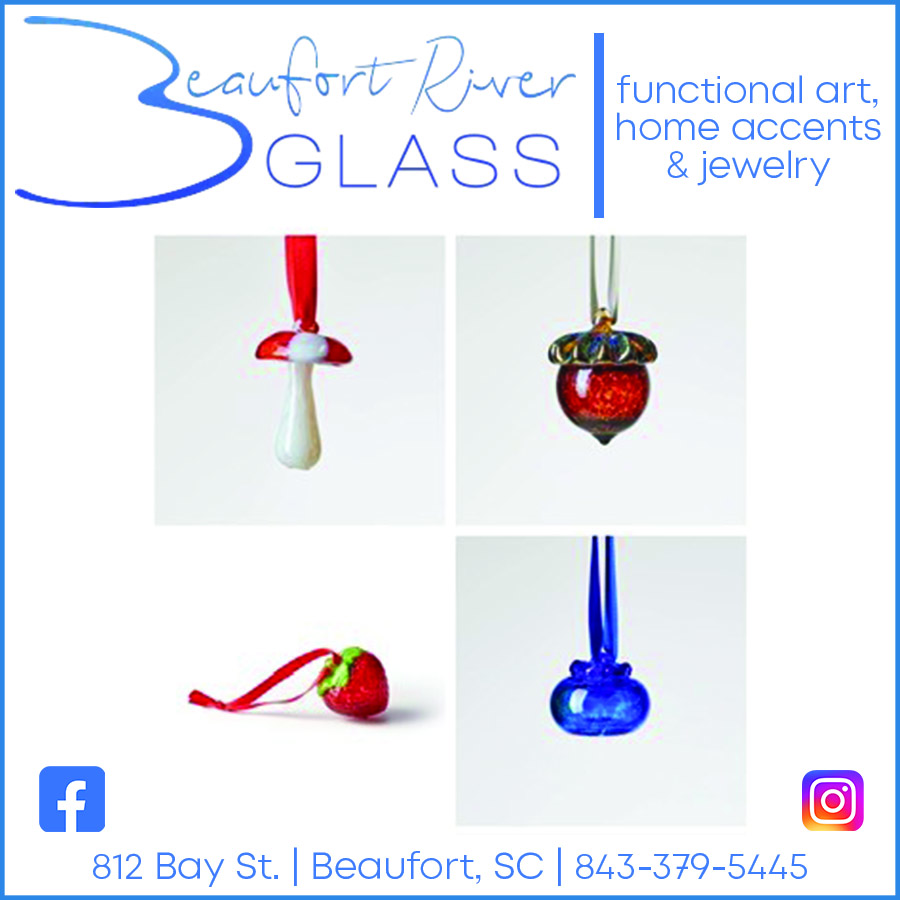 I was recently given a book, The Bluffer’s Guide to Etiquette, written by William Hansom. It is called the “bluffer’s guide” because it offers assistance in bluffing your way around a social situation when you don’t know the proper etiquette. It also has some handy tips for actually knowing how to behave properly. Unfortunately, I can’t use it as much of a guide because Mr. Hansom is British and, as is revealed early on, a bit of a snob, and seems to indicate that when it comes to proper manners, Americans should be taken out with the trash. It does read, I must admit, a little bit like Emily Post in the 1940’s editions, however it is quite possible that Ms. Post felt that way about the British but was simply too polite to say so.
I was recently given a book, The Bluffer’s Guide to Etiquette, written by William Hansom. It is called the “bluffer’s guide” because it offers assistance in bluffing your way around a social situation when you don’t know the proper etiquette. It also has some handy tips for actually knowing how to behave properly. Unfortunately, I can’t use it as much of a guide because Mr. Hansom is British and, as is revealed early on, a bit of a snob, and seems to indicate that when it comes to proper manners, Americans should be taken out with the trash. It does read, I must admit, a little bit like Emily Post in the 1940’s editions, however it is quite possible that Ms. Post felt that way about the British but was simply too polite to say so.
Both Mr. Hansom and Ms. Post have the art of setting a table down to perfection, as well as some other social tips that may not be common knowledge, but are both useful and sometimes amusing.
We will start at the beginning and work our way through dessert, which the British insist upon calling “pudding,” whether or not it is actually pudding. Mr. Hansom, and this may be his one redeeming feature, says that “even though the invitation says 7:30 pm, a polite guest will arrive 10 to 15 minutes after the stated time. A good bluffer knows not to arrive bang on time.” He agrees that a hostess gift is a polite gesture, however (and here he loses a bit of my esteem), that bringing a bottle of wine is “a tad middle class, not to mention presumptuous.” Clearly Mr. Hansom must only drink sherry. After cocktails are served with canapes that are bite sized (nothing worse than a canape too big to fit into your mouth all in one bite), you will go to the table.
When setting a table, it is apparently very American to use chargers, so if you want to appear more sophisticated, ditch the chargers. If there is no food on the dinner plate when guests come to the table, then the napkin should be folded and on the dinner plate, not under the fork, or somewhere else as in folded like a peacock and sitting above the plate. (I suspect that Mr. Hansom may be the sort of man who tucks his napkin into his collar, which would probably put Ms. Post on a trip to the ER.) Forks will be to the left of the plate, and knives and spoons to the right. A bread knife may be placed on the bread plate, but it might equally be in its place on the right. Cutlery is used from the outside in, so the furthest fork away from your plate on the left, is the one for the first course requiring a fork, same goes for the right, the farthest away utensil is the one you will use first. So whatever is closest to your plate is likely to be for dessert.
Things eaten with butter are a common subject of discussion. Bread, dinner rolls, and toast should be broken with your fingers, never cut with a knife. The butter should be placed on your bread plate, and you butter the bites of bread with a knife on the plate, one at a time. Never hold a roll in your hand in the air and “air butter” it! Emily Post gives this advice: “To attack corn on the cob with as little ferocity as possible is perhaps the only direction to be given, since from the point of view of grace a series of ferociously snatching, teeth-bared bites that can be heard as well as seen, to say nothing of the butter and corn fragments sprinkled on chin and cheeks, while delectable to the palate, is horrifying to the sight.” And it is perfectly fine to eat broiled lobster with your fingers, and dip it into a dish of butter; however you should have a napkin and finger bowl with hot, slightly soapy water at the side of your plate.
In my next column we’ll continue through to pudding . . .




